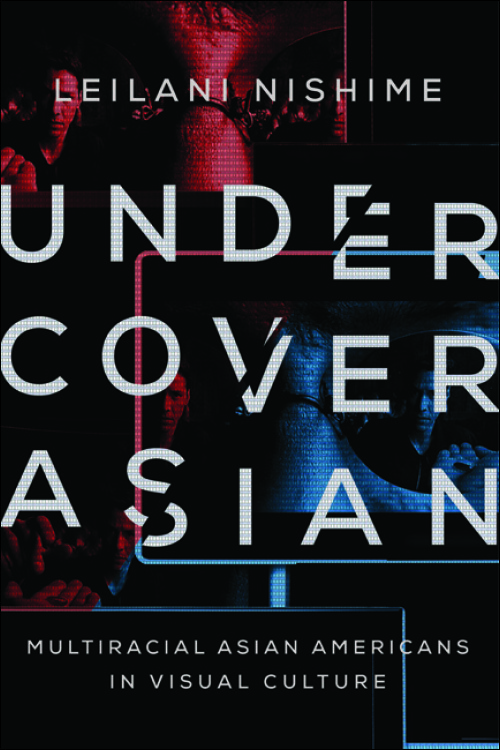hapa.me: 15 Years of the Hapa ProjectPosted in Articles, Arts, Asian Diaspora, Identity Development/Psychology, Media Archive, United States on 2018-04-10 20:51Z by Steven |
hapa.me: 15 Years of the Hapa Project
Japanese American National Museum
100 North Central Avenue
Los Angeles, California 90012
2018-04-07 through 2018-10-28
The word “hapa” is the Hawaiian transliteration of the English word “half.” Much of its current usage derives from the phrase hapa haole, meaning “half white.” The phrase was originally coined by native Hawaiians to describe the mixed offspring resulting from encounters between islanders and White settlers. In subsequent years, hapa (or Hapa) has come into popular usage away from the islands, most frequently embraced by Asian/Pacific Islander Americans of mixed descent.
Artist Kip Fulbeck created The Hapa Project in 2001, traveling the country to photograph over 1,200 volunteers who identified as Hapa. The Hapa Project’s goal was to promote awareness and recognition of the millions of Hapas in the United States; to give voice to multiracial people and other previously ignored ethnic groups; to dispel myths around exoticism, hybrid superiority, and racial homogeneity; and to foster positive identity formation in multiracial children. In 2006, Fulbeck published the first book and premiered kip fulbeck: part asian, 100% hapa, the first museum exhibition to explicitly explore Hapa identity. That exhibition remains one of the most popular in the history of the Japanese American National Museum, setting attendance records before traveling throughout the US and abroad. The exhibition broke new ground in exploring identity through photographic portraits of mixed-race subjects, paired with the participants’ handwritten responses to the typically posed question, “What are you?”…
Read more here.




